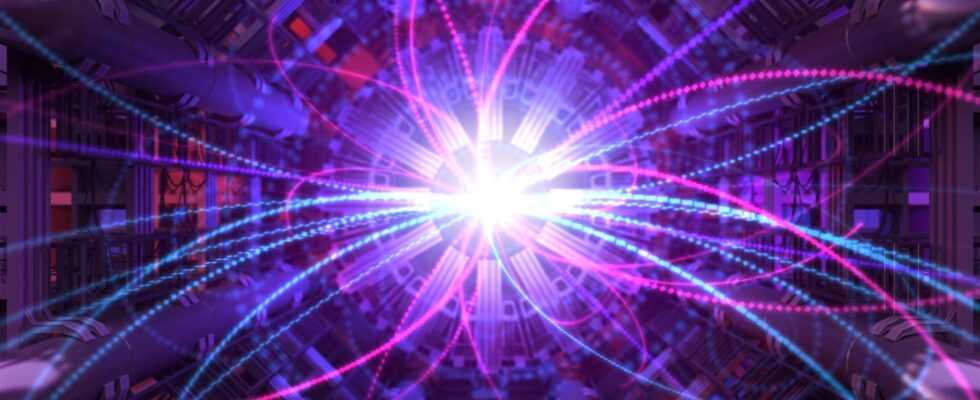The W boson is an elementary particle that has so far made little attempt to start a physical revolution. But now a research team has measured its mass again and comes to the conclusion in the journal “Science”: The W boson is too massive. Its mass, determined at the US Fermilab, does not agree with the value predicted by the Standard Model of particle physics.
As a so-called gauge boson, the W boson only appears in high-energy experiments in particle physics; it does not occur in everyday life. It transmits the weak interaction, one of the four elemental forces. As a particle, it is around 80 times as massive as a proton, the Standard Model of particle physics gives a value of 80.357 MeV/c for its mass2 ahead. Within the measurement uncertainties, this also agrees with the result that was measured at the ATLAS experiment at CERN.
For its measurement at the Tevatron particle accelerator at Fermilab, the team evaluated data from the years 2002 to 2011: Tevatron was active until 2011. The particle accelerator caused protons and antiprotons to collide with each other, creating a multitude of other, short-lived particles. For the data analysis, the researchers came up with a total of four million W boson candidates. The data analysis took about a decade. This gave the team what it believes to be the most precise value of W boson mass ever measured — 80,433.5 +/- 9.4 MeV/c2.
According to the researchers, this difference is statistically significant – with a significance of seven standard deviations (sigma). In particle physics, something is usually considered a discovery when it exceeds five sigma of statistical significance. From this, the research team concludes that their value does not agree with the Standard Model of particle physics.
